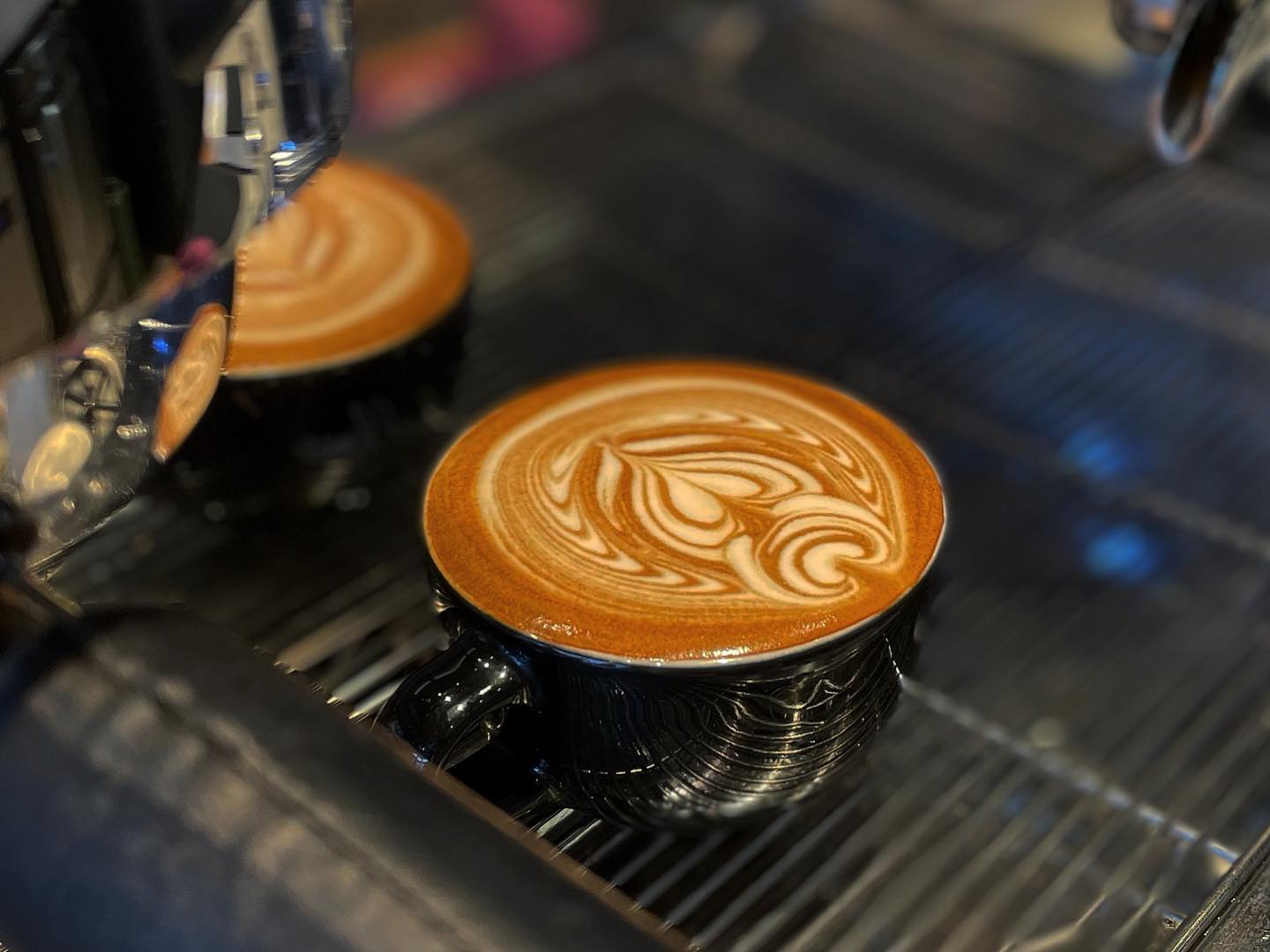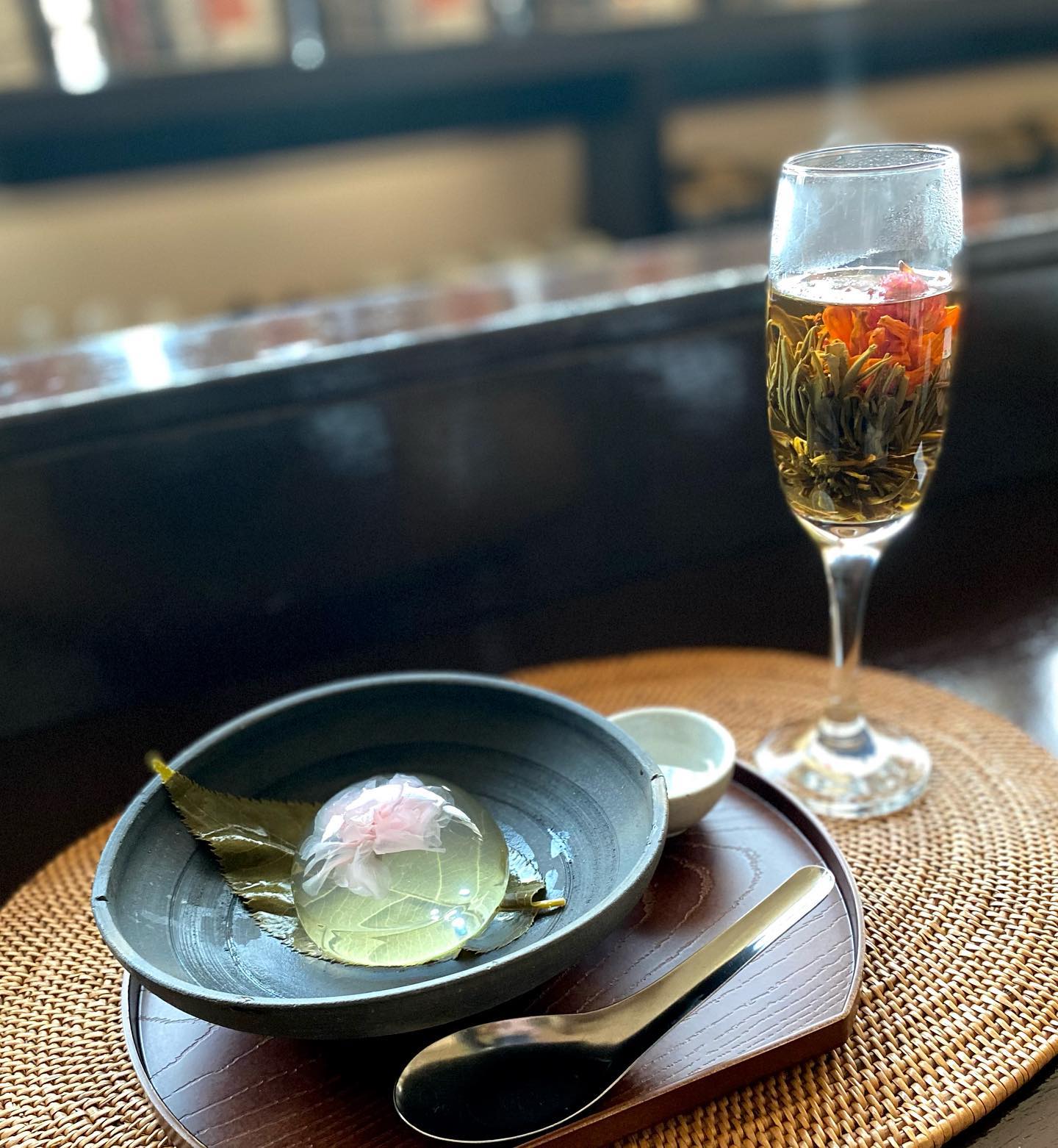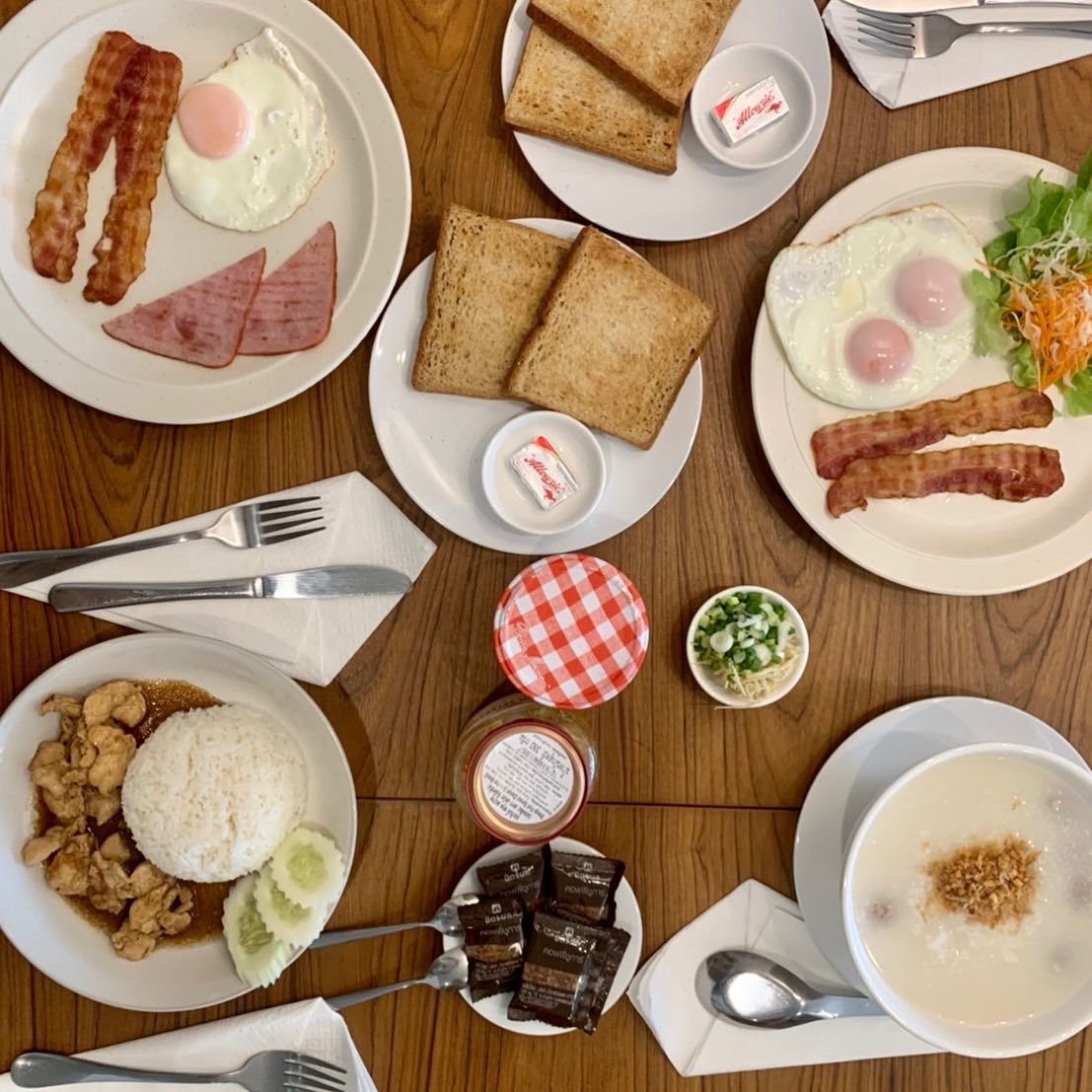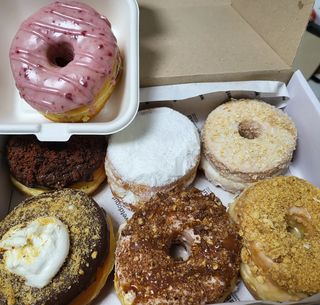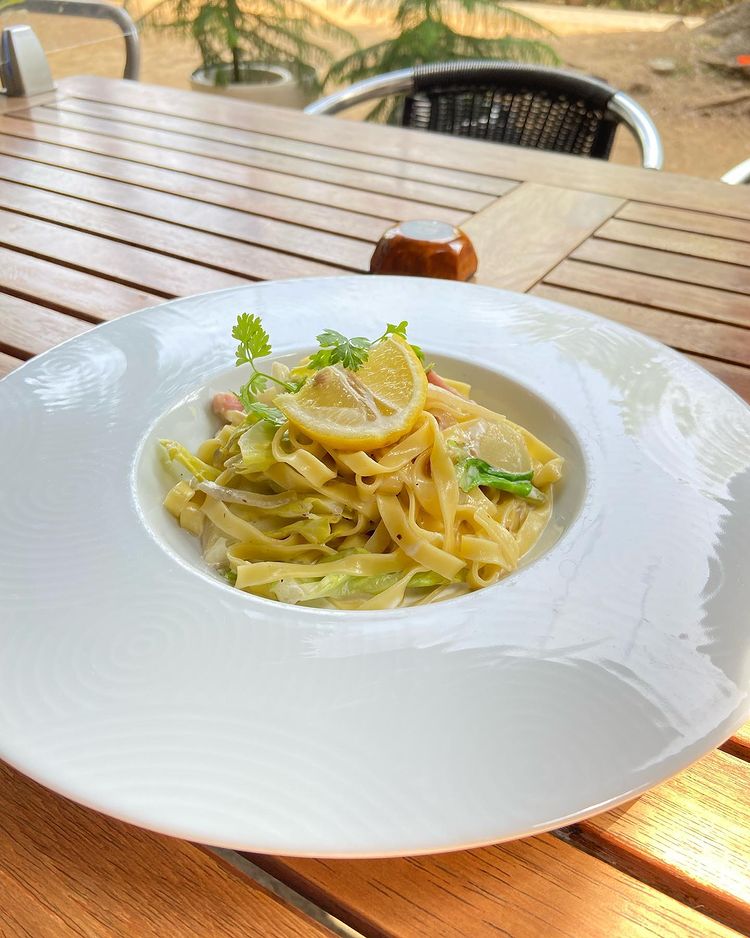Welcome to Your Coffee Journey
For many, coffee is more than a drink; it’s a ritual, comfort, and sometimes art. Whether it’s your first cup or a midday boost, mastering your coffee machine enhances the experience. As coffee aficionados know, the key to making that perfect cup lies in mastering the process from bean to brew. This guide will walk you through every step of using a coffee machine, from setup to brewing the perfect cup.
Why This Guide? Setting the Stage for Coffee Mastery
This guide aims to help you understand the nuances of working with various types of coffee machines. From drip makers to espresso machines and French press to pod machines, we’ll cover all aspects of brewing. Whether making filter coffee or crafting latte art, this guide helps you extract the best flavor.
The Heart of the Matter: What is a Coffee Machine?
A coffee machine brews coffee by heating water and passing it through coffee grounds or beans. The goal is to extract the soluble compounds from the coffee grounds to create a rich, aromatic beverage. Whether it’s a drip maker, espresso machine, or Moka Pot, all coffee machines aim to deliver a delicious cup.
Key components of a coffee machine include the water tank, heating element, filter basket, and brew chamber. Advanced models, like espresso machines, often include a steam wand for making lattes and cappuccinos.
From Bean to Brew: The Fundamental Coffee Making Process
The process of making coffee is relatively straightforward, but it requires attention to detail. The general steps include heating water to the optimal temperature (around 200°F or 93°C), passing it through the coffee grounds to extract flavor, and finally filtering the resulting brew into your cup. The key to mastering this process is controlling several variables, such as brewing time, grind size, and coffee-to-water ratio.
However, each type of coffee machine has its own brewing method, and understanding these subtleties will help you achieve a more satisfying coffee experience.
Knowing Your Tools: Common Coffee Machine Types
Understanding the different types of coffee machines is essential for knowing how to operate them effectively. Each type of machine has unique features that affect the brewing process, from the simplicity of a drip coffee maker to the complexity of an espresso machine.
- Drip Coffee Makers: These are the most common and straightforward machines. They brew filter coffee by dripping hot water through a filter basket that contains coffee grounds.
- Single-Serve Pod Machines: Machines like Nespresso or Vertuo line use coffee capsules or espresso pods for a quick and convenient brew. These machines are perfect for people who prefer speed and ease over customization.
- Espresso Machines: These are the machines of choice for coffee enthusiasts looking to create barista-style coffee. With a 20-bar pressure system and a steam wand, they can make everything from espresso shots to lattes and latte art.
- French Press & Moka Pot: Both manual methods that offer more control over the brewing time and coffee strength. The Moka Pot uses pressure to brew coffee, while the French press allows for steeping and pressing coffee grounds directly into the water.
Drip Coffee Makers: The Everyday Workhorse
The drip coffee maker is the staple in many homes. It’s known for its simplicity and reliability. Typically, you place coffee grounds into the filter basket, fill the water tank with water, and let the machine do the rest. The water is heated and dripped over the grounds, and the filtered coffee collects in a brew pot below.
Though simple, the drip coffee maker still requires a bit of attention. The quality of the coffee is largely determined by the coffee-to-water ratio, the quality of your coffee grounds, and the brewing time. With the right balance, a drip coffee maker can brew an exceptional pot of filter coffee.
Single-Serve Pod Machines: Convenience at Your Fingertips (e.g., Nespresso, Vertuo line)
Single-serve pod machines like Nespresso or Vertuo line are the go-to choice for coffee drinkers seeking convenience without compromising on flavor. These machines use coffee capsules or espresso pods that contain pre-measured amounts of coffee. All you need to do is insert the pod, press the on/off button, and let the machine handle the rest.
These machines are ideal for busy individuals, as they brew a single cup of coffee or espresso in just a few minutes. However, you have limited control over factors like grind size and coffee-to-water ratio, since the pod dictates these parameters.
Espresso Machines: Crafting Barista-Style Coffee
If you’re looking to take your coffee game to the next level, espresso machines offer the most control over your brew. Espresso machines are designed to force hot water through fine coffee grounds at high pressure—typically around 20 bars—to extract a concentrated shot of coffee.
More advanced models include a steam wand for steaming milk, making them perfect for creating latte art and cappuccinos. For coffee enthusiasts, the ability to control water temperature, pressure, and brew time opens up endless possibilities for customization. Whether you’re pulling shots or experimenting with different speciality blend coffees, espresso machines offer a truly customizable experience.
Other Popular Brew Methods: French Press, Moka Pot
While espresso machines and drip coffee makers are the most common methods, there are other ways to brew coffee:
- French Press Coffee: The French press is a classic method that allows for more control over the steeping time. You simply add coarse coffee grounds to the brew chamber, pour in hot water, let it steep for about 4 minutes, then press the plunger to separate the coffee from the grounds. It produces a full-bodied, rich cup of coffee.
- Moka Pot: The Moka pot uses steam pressure to brew coffee, resulting in a rich, espresso-like brew. It’s a great alternative for those who don’t want the complexity of a full espresso machine but still want a strong coffee.
Checkout: The Best Coffee Shops for Working Remotely
Getting Started: The Essential Setup and Preparation
Unboxing and Initial Inspection: What to Look For
When you first receive your coffee machine, be sure to carefully inspect it for any damage. Look for parts like the water tank, brew chamber, and filter basket to ensure everything is intact. Check the instruction manual for any specific setup instructions, and be sure to remove any protective packaging.
The Importance of Water: Filling the Reservoir (Water Tank)
The water tank is crucial to the brewing process. It’s essential to use filtered water to avoid introducing impurities that can affect the taste of your coffee. Fill the reservoir to the appropriate level according to the manufacturer’s guidelines.
Beans vs. Grounds
If you’re using whole coffee beans, you’ll need a coffee grinder to grind them to the appropriate size. For drip coffee makers, medium-ground coffee is ideal. Espresso machines require a fine grind for the best extraction. If you’re using pre-ground coffee, store it in an airtight container to maintain freshness.
The Crucial Grind: How Grind Size Affects Flavor
The grind size of your coffee can make a significant difference in flavor. Coarse grinds are used for French Press brewing, while medium grinds are best for drip coffee makers. Fine grinds are essential for espresso machines, where the water needs to pass through quickly under high pressure. Adjusting your grind size according to your brewing method is a simple yet effective way to enhance your coffee experience.
Selecting the Right Coffee: From Whole Beans to Pre-Ground
The choice between whole coffee beans and pre-ground coffee is a matter of preference and convenience. Whole beans provide a fresher, more flavorful brew, while pre-ground coffee offers convenience for those who need to brew coffee quickly. Look for speciality blend coffees or brands known for high-quality beans, like Blue Bottle Coffee or Spro Coffee Lab, for the best taste.
More About: How to Choose the Right Coffee Maker for Your Home
Step-by-Step Operation by Machine Type
Working a Drip Coffee Maker
Step 1: Adding Water to the Reservoir
Fill the water tank with clean, filtered water. Check the water level and ensure it’s enough for the number of cups you want to brew.
Step 2: Preparing the Filter and Coffee Grounds (Filter Basket, Brew Basket)
Place the coffee filter in the filter basket. Add the correct amount of ground coffee, typically one to two tablespoons per cup of water.
Step 3: Starting the Brewing Process
Turn on the machine by pressing the on/off button. The machine will heat the water and drip it over the coffee grounds, where it will be filtered into the coffee pot below.
Step 4: Monitoring the Brew and Knowing When It’s Ready
The brewing time for a drip coffee maker typically takes around 5 minutes. Keep an eye on the process to ensure everything runs smoothly.
Step 5: Serving Your Coffee and Keeping it Warm
Once the brewing process is complete, serve your coffee immediately. If your machine has a hot water spigot or warming plate, your coffee will stay warm for longer.
Working a Single-Serve Pod Machine
Step 1: Filling the Water Reservoir
Add water to the water tank, ensuring you have enough for one or more cups, depending on your machine’s capacity.
Step 2: Inserting the Coffee Capsule (Coffee Capsules)
Place a coffee capsule or espresso pod into the designated compartment and close the machine.
Press the on/off button, and the machine will automatically start brewing, delivering a freshly made cup of coffee in just a few minutes.
Read More: Coffee Shop Culture: Why Coffee Shops Are More Than Just Coffee
Conclusion: From Novice to Expert
Mastering your coffee machine is a rewarding journey that starts with understanding the essentials. By following these detailed steps, you’ll be able to make perfect coffee every time, whether you prefer the convenience of single-serve pod machines or the hands-on control of espresso machines. Once you’ve perfected your brewing method, you can explore different grind sizes, coffee filters, and even experiment with latte art to elevate your coffee experience. Happy brewing!
FAQs on How to Work a Coffee Machine
The grind size of your coffee is crucial for the brewing process. For drip coffee makers, use medium ground coffee for optimal extraction. Espresso machines require fine ground coffee for a strong shot, while French Press coffee needs coarse ground coffee for the best flavor. If you’re using coffee beans, a coffee grinder is essential to grind them to the right size for your chosen machine.
The coffee-to-water ratio is key to making a balanced cup of coffee. For most drip coffee makers, use about one to two tablespoons of coffee grounds per 6 ounces of water. Adjust this ratio to suit your taste—less coffee for a milder brew, or more for a stronger cup. The right ratio ensures you extract just enough flavor without making the coffee too weak or too bitter.
Regular maintenance keeps your coffee machine running smoothly. For machines with a water filtration system, be sure to change the filter regularly. Use descaling solution to remove mineral buildup in the heating element of your espresso machine or drip coffee maker. Clean the filter basket, brew basket, and mesh filter after every use. If your machine has a steam wand, clean the white tube to prevent clogs.
No, coffee capsules or coffee pods are designed for single-serve pod machines like Nespresso or Vertuo line. These machines are designed for pods, while drip coffee makers and espresso machines use ground coffee or filters. Always check the manufacturer’s instructions to ensure compatibility.
The steam wand on an espresso machine is used for steaming milk, which is essential for creating drinks like lattes, cappuccinos, and latte art. It heats and froths milk by forcing steam through the white tube, creating a creamy texture ideal for these beverages. Make sure to clean the steam wand thoroughly after each use to prevent milk residue buildup.
